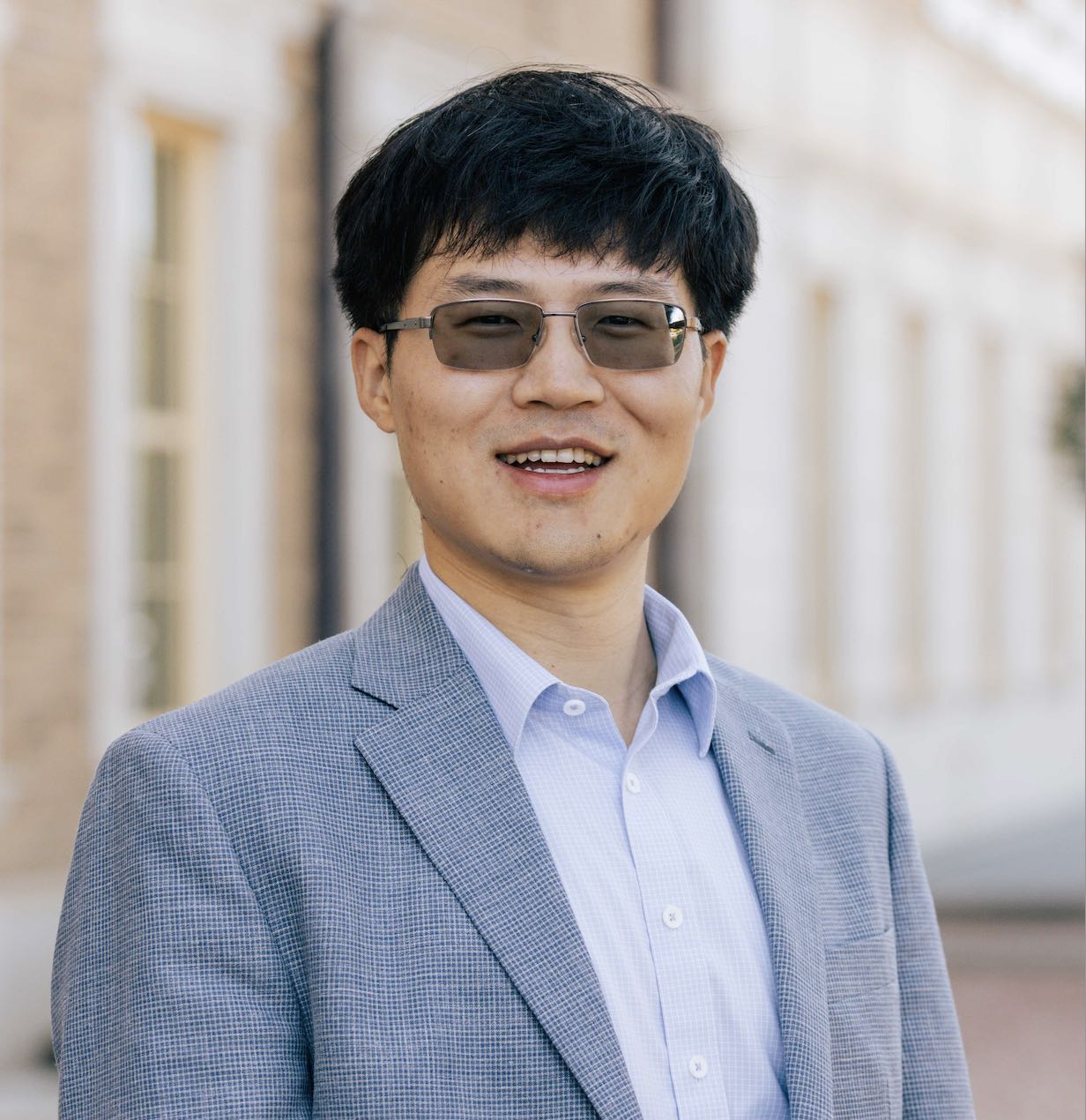Economics of Social Media Fake Accounts
Published in Management Science, 2025
Amid the rise of the influencer economy, fake social media accounts have become prevalent on many social media platforms. Yet the problem of fake accounts is still poorly understood, and so is the effectiveness of coping strategies. This research models the ecosystem of fake accounts in an influencer economy and obtains insights on fake-account purchasing behaviors, the impact of anti-fake efforts, and the roles of various contextual factors. We show that as the anti-fake effort increases, the equilibrium may transition from a “pooling” equilibrium where a low-quality influencer buys fake accounts to mimic a high-quality one, to a “costly-separating” equilibrium where a high-quality influencer may buy fake accounts to prevent mimicry from a low-quality influencer, and to a “naturally-separating” equilibrium where low- and high-quality influencers are separated without buying fake accounts. We find that increasing anti-fake efforts and increasing social media literacy may sometimes result in more fake accounts. A purely profit-driven platform always prefers a pooling equilibrium with zero anti-fake effort. As a platform puts more weight on consumer welfare, it may exert a positive effort to induce a separating equilibrium, but the platform’s preferred anti-fake effort tends to be lower than that of consumers. We also find that the platform sometimes prefers a lower social media literacy and a lower fake-account base price, whereas consumers prefer the opposite. In contrast, improving the anti-fake technology level can benefit both the platform and consumers. Our main insights are applicable to scenarios with more influencer types and repeated interactions.
Recommended citation: Zihong Huang , De Liu (2025) Economics of Social Media Fake Accounts. Management Science [Download paper here]
